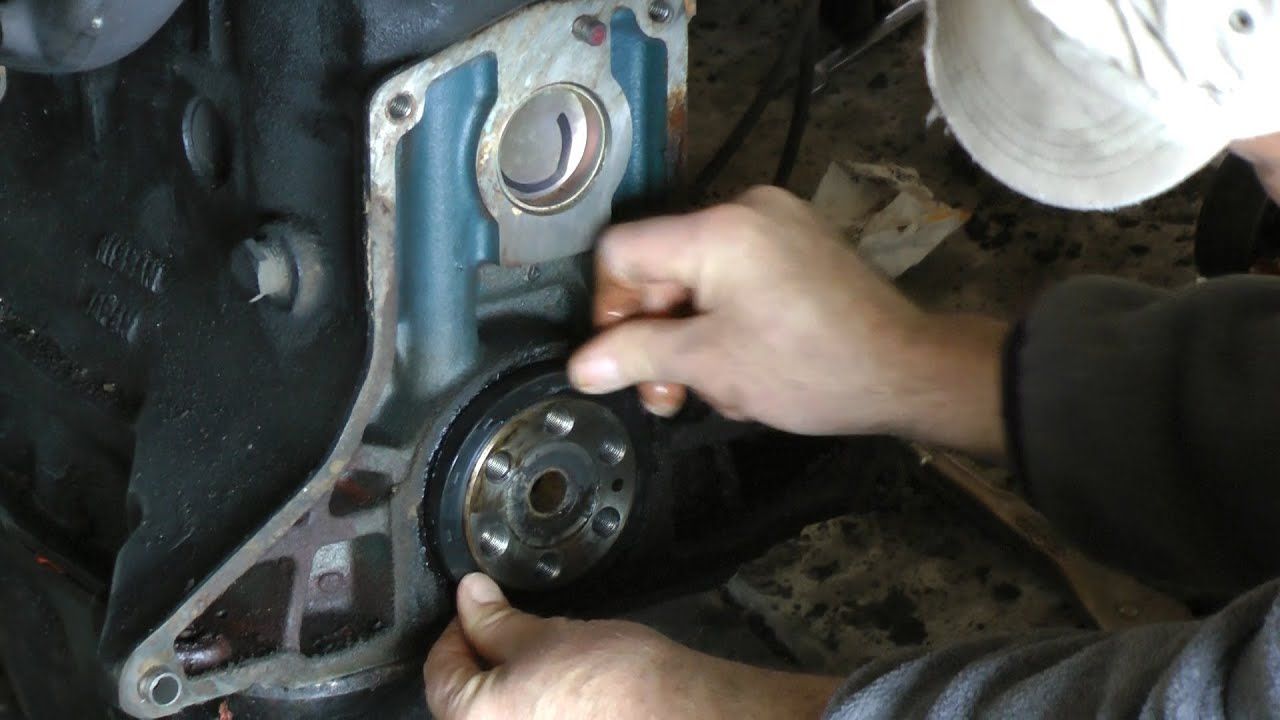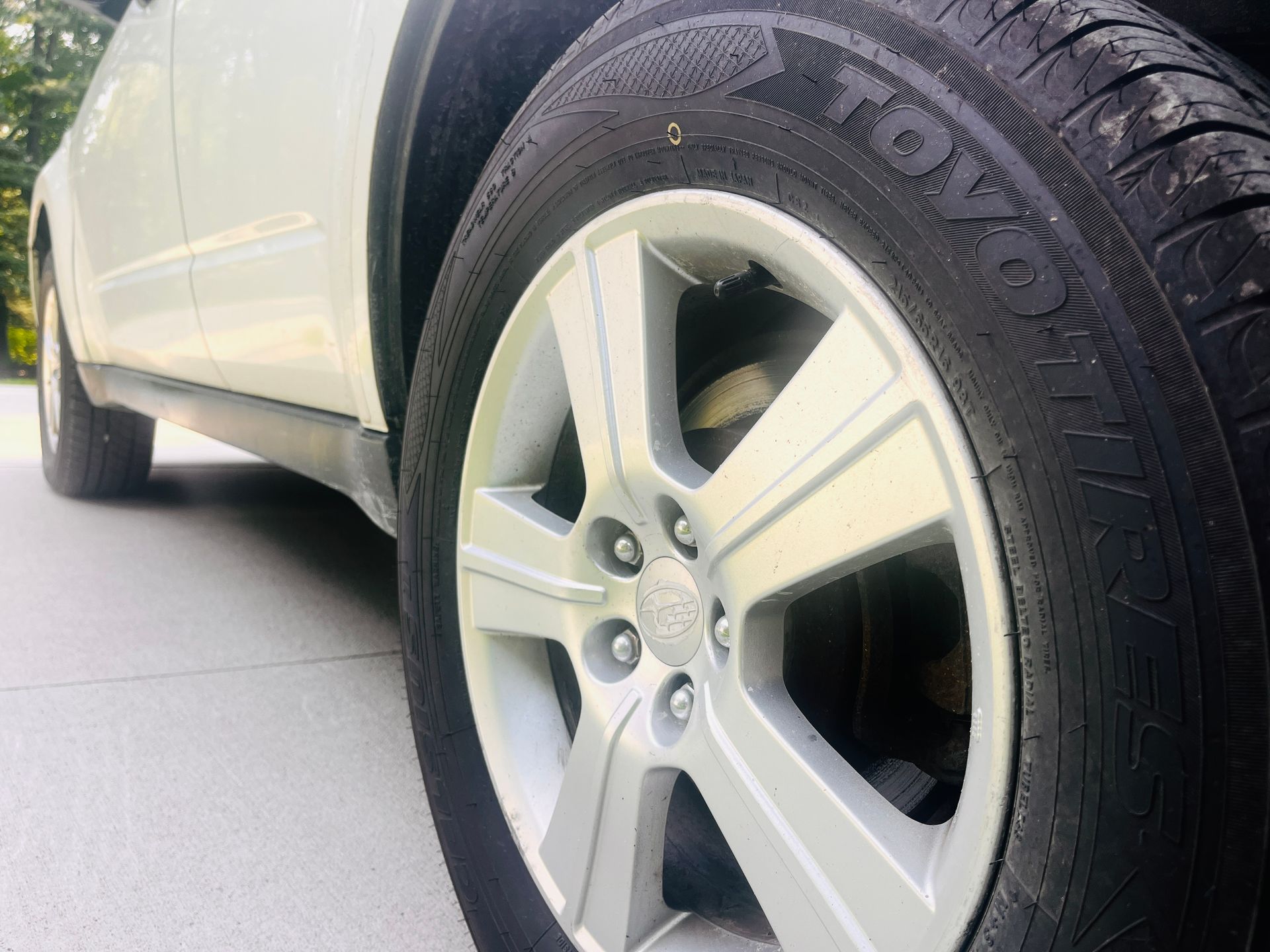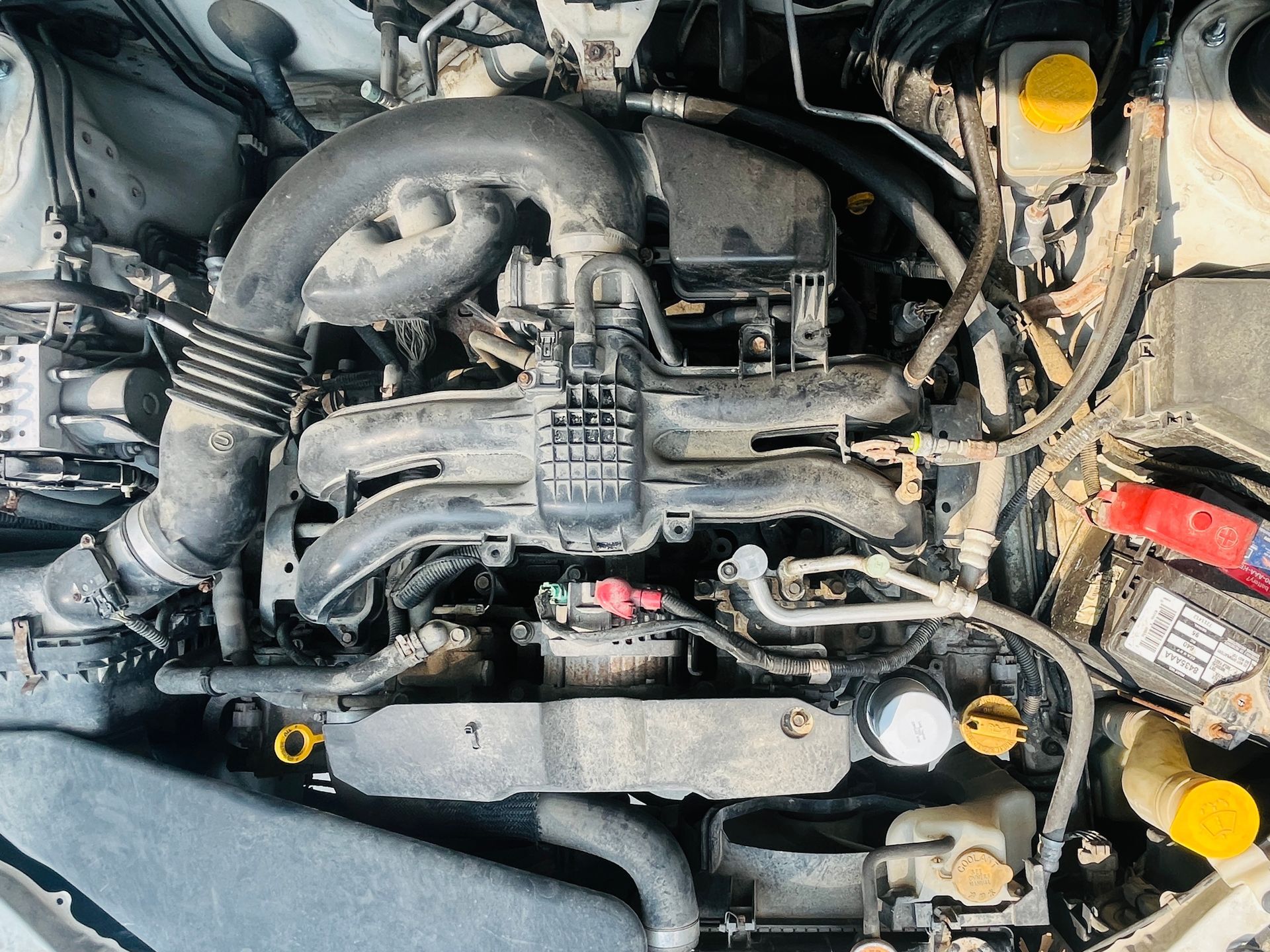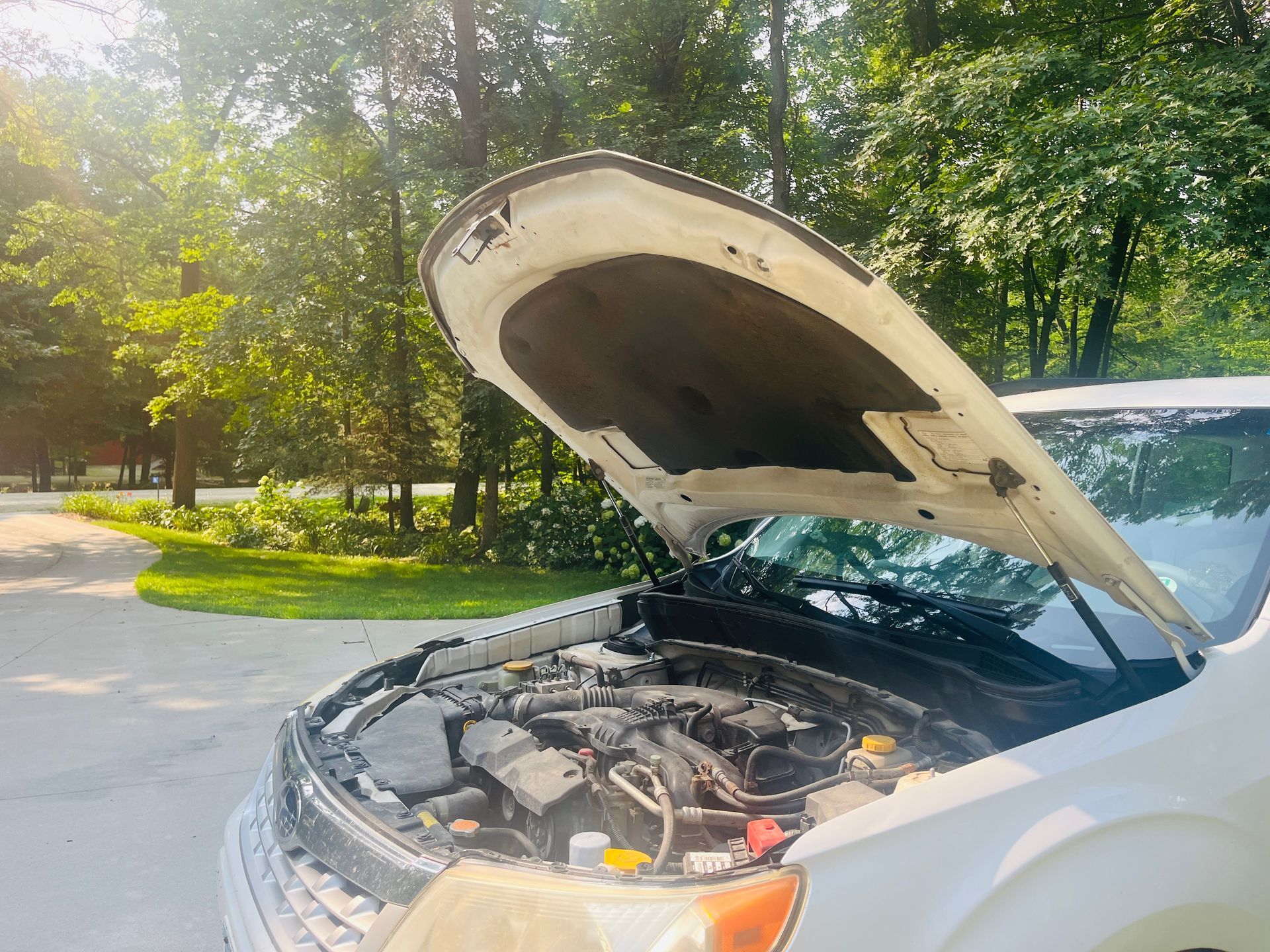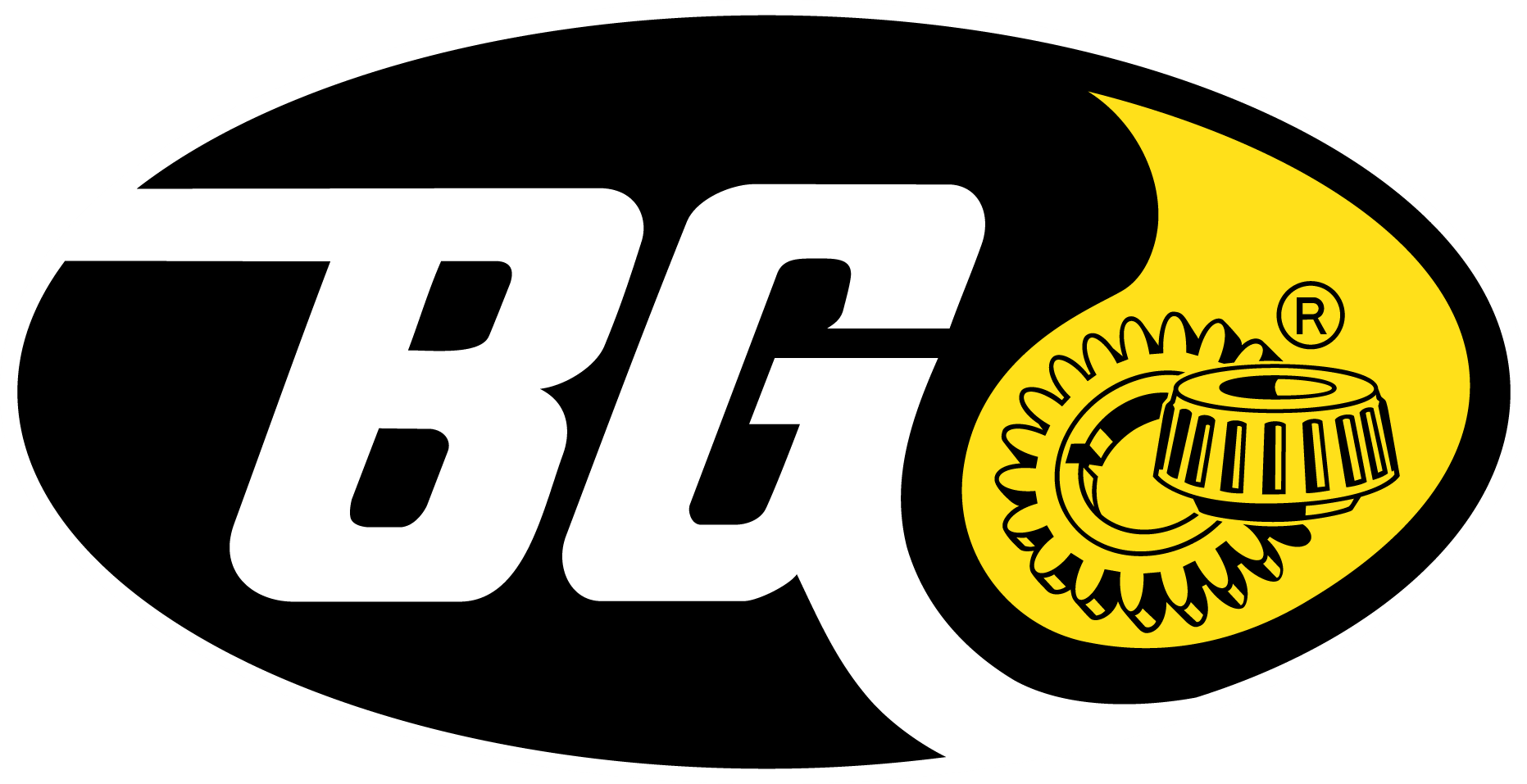Transmission flush cost
July 7, 2018
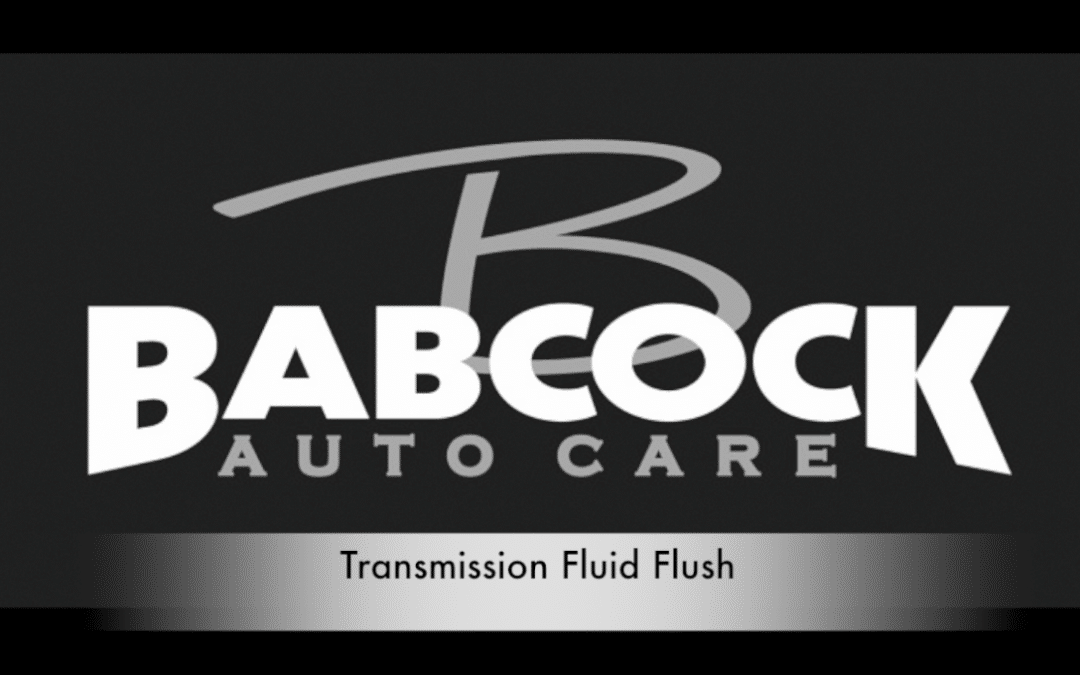
There are two types of transmissions in today’s vehicles:
Manual—where you change gears by manually engaging and disengaging the clutch system.
Automatic—this system uses a torque converter filled with hydraulic fluid. When your engine is turning at 3000 RPM, so is your transmissions torque converter. The torque converter acts as a centrifuge—any dirt particles or contaminants that accumulate in the fluid are sent to the outer walls of the torque converter through centrifugal force where they accumulate. Over time the particles can break off and travel through the transmission—blocking the narrow fluid passages.
The job of the transmission fluid is to lubricate all of the moving valves, springs, clutches and gears inside the transmission. Improper fluid flow can promote higher transmission temperatures. Consistent high heat can harm and then kill a transmission. Furthermore, additives that are in the transmission fluid break down due to the heat caused by friction. Symptoms of this include:
Dark Fluid – this shows that the fluid is contaminated with deposits
A burnt fluid smell – this is caused by extreme heat
The way to extend the life of any automatic transmission is to make sure the fluid is clean and fresh always. A transmission fluid flush is designed to get dirty fluid and deposits out of the transmission. The ultimate goal is to keep the fluid performing at it’s best and this means regular transmission flushes—every 30,000 miles.
However, if your vehicle is used for towing (which causes additional heat and stress) or is a vehicle that is used in dusty conditions you may consider getting the fluid flushed even more often than 30,000 miles.
There was a time where the only way to remove any fluid from the transmission was to pull the drain plug or drop the pan. This type of transmission drain and fill service or pan drop and filter replacement still left all of the fluid in the torque converter. Because of this, these processes just add new fluid to the old already in the torque converter – this is like adding fresh water to dirty bath water. Would you drink this water and expect it to be good? Of course not—it’s contaminated.
With the progression in technology, a proven process has been developed to completely remove all of the old fluid but not disrupting the integrity of the system. This is possible with a machine—the BG Powerflush and fluid exchange system. It is designed for automatic vehicles on the roadways today.
This service removes all of the old fluid from the transmission, torque converter and transmission housing with specialized equipment. BG Quick Clean is added first to travel throughout the system and clean it before the old fluid is removed. All new fluid is then added to the transmission as the old fluid is pulled out into the machine—until all new fluid is the only fluid left in the system. Finally, the conditioner ATC Plus is added. This product improves shifting, reduces shudder, prevents deposit formation and keeps seals soft and pliable.
Transmission replacement is extremely expensive but the life of your transmission can be extended greatly with regular transmission flushes—every 30,000 miles. Not only that, but your transmission is backed by BG’s lifetime warranty when you have the service performed on schedule.

